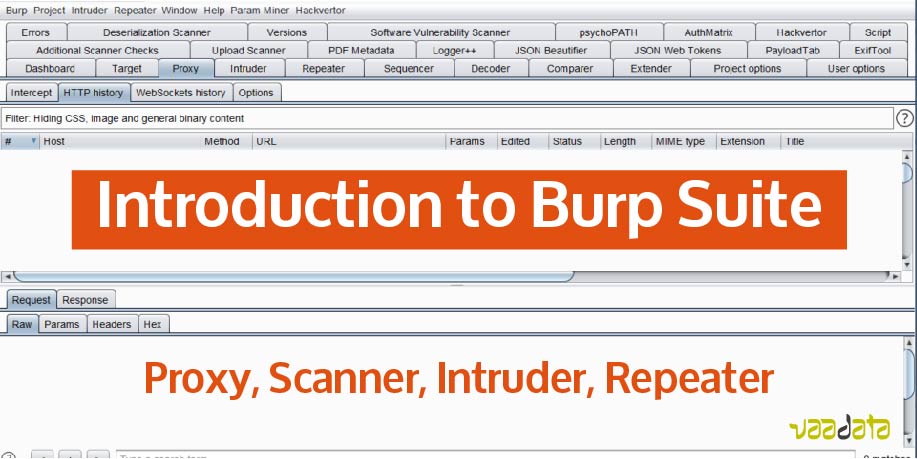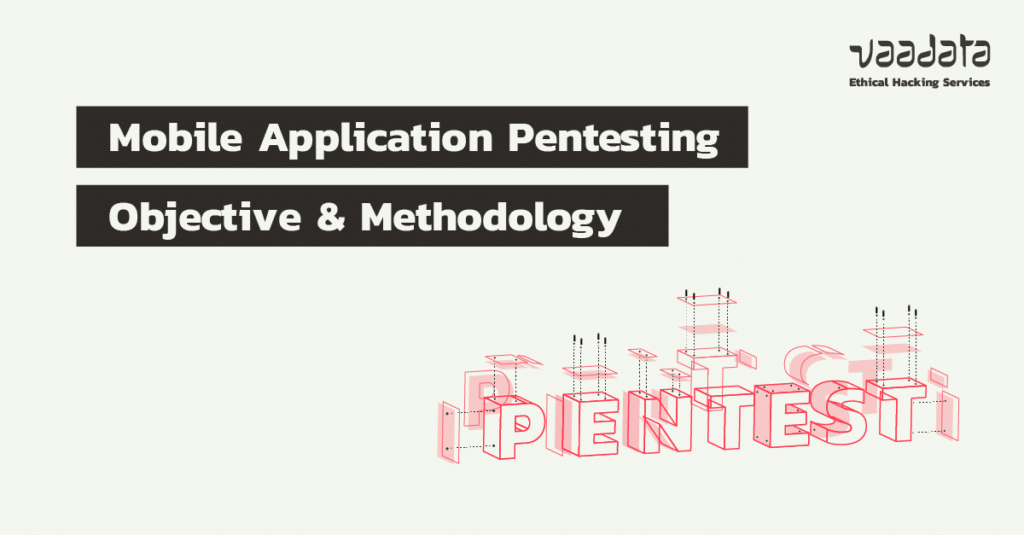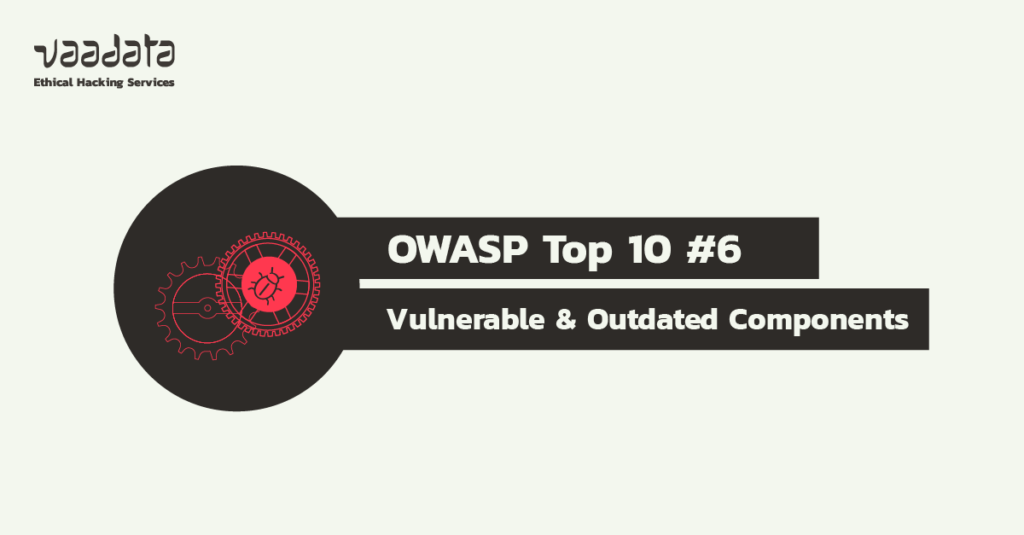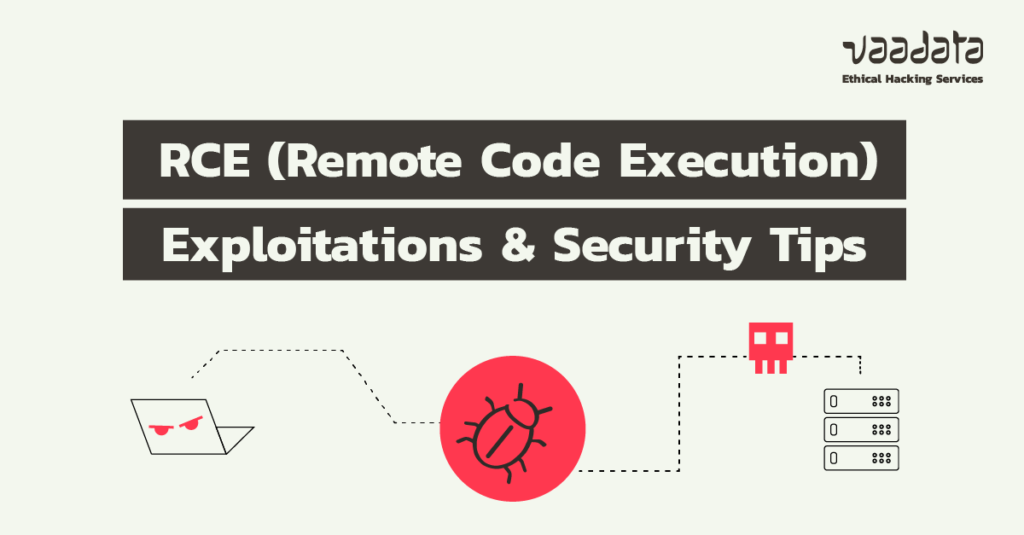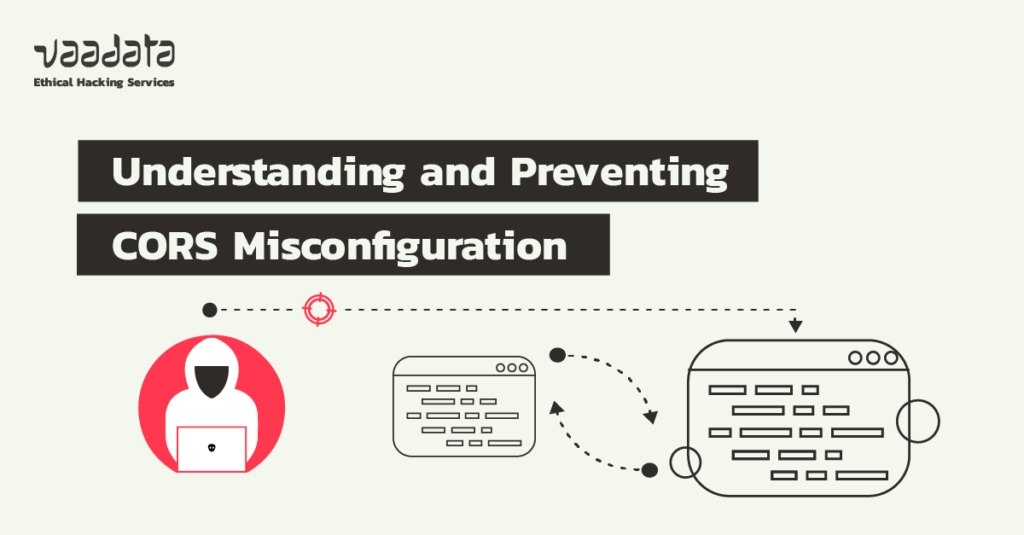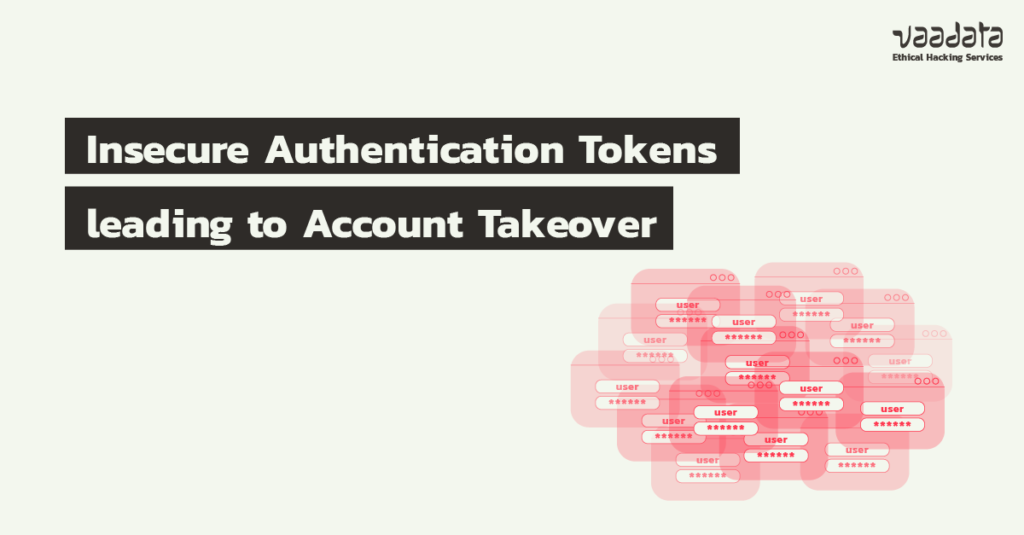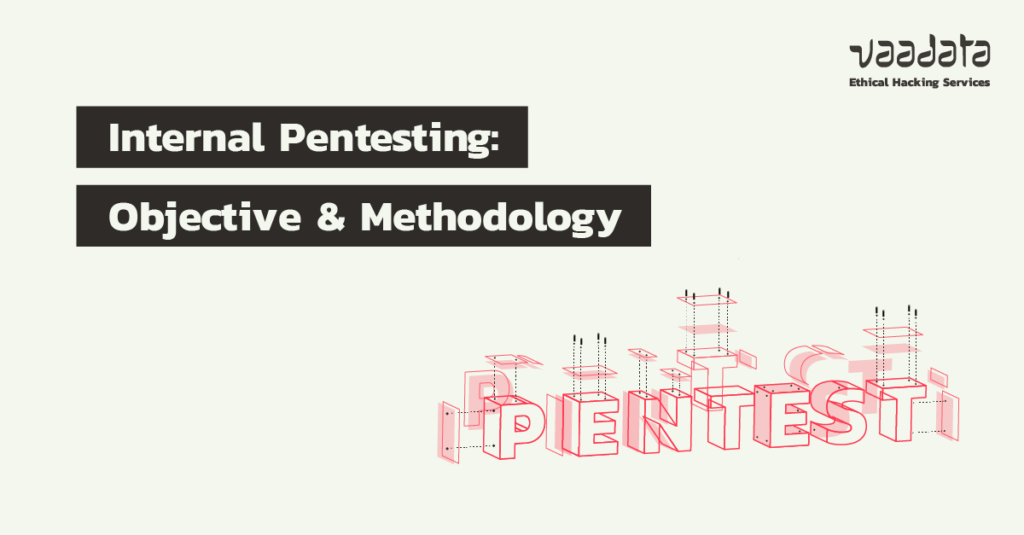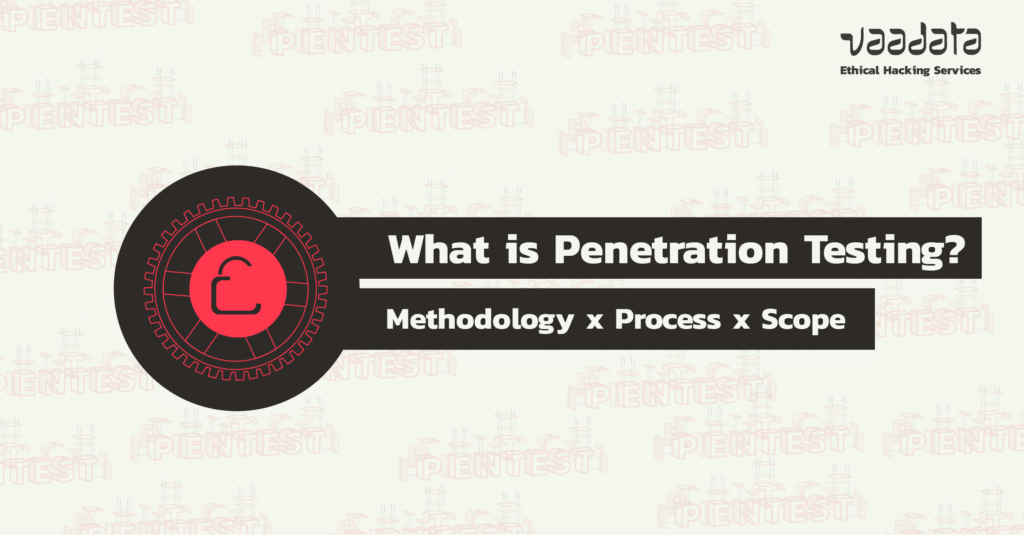
With cybersecurity risks on the rise, it is becoming more and more obvious to carry out a penetration test (pentest) to reassure customers, partners and investors.
Moreover, for companies involved in a certification process (ISO 27001, SOC2, HDS, PCI-DSS, etc.), a penetration test is an imperative. And for others, it is an essential prerequisite for satisfying the pentesting report requests of their customers and prospects.


